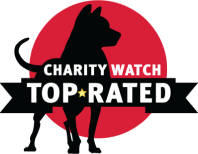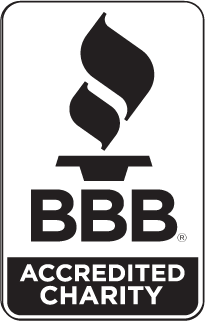Hurricane Fiona: How To Help
Project HOPE is responding to the urgent needs of those impacted by Hurricane Fiona. Learn more about our response and how you can help.
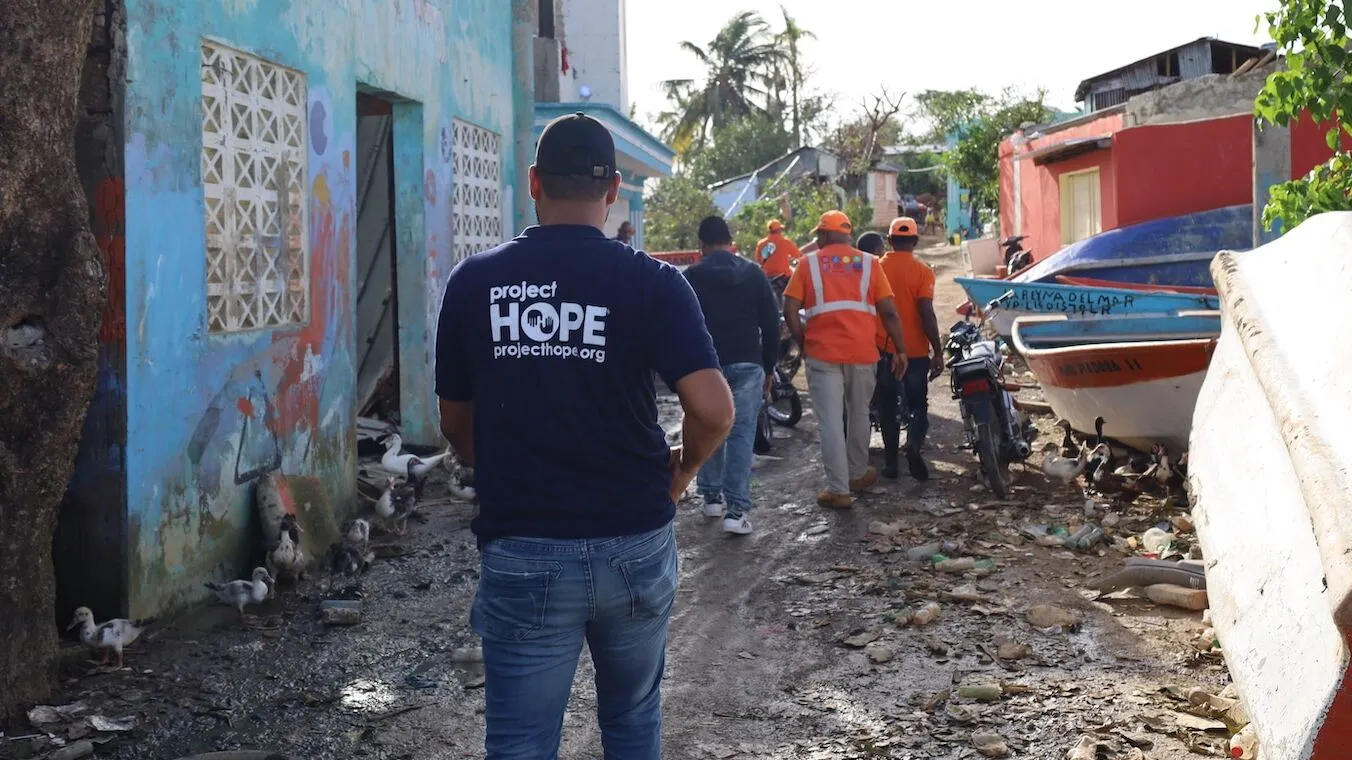
Project HOPE is on the ground and responding to the urgent needs of those affected by Hurricane Fiona, which has caused catastrophic flooding in Puerto Rico and left more than 1 million people without water and electricity across Puerto Rico and the Dominican Republic.
Hurricane Fiona pounded Puerto Rico with devastating winds and as much as three feet of rain, which led to widespread flooding and landslides. The storm has also caused major damage on the island of Guadeloupe, the Dominican Republic, and Turks and Caicos. It is now a Category 4 storm headed north toward Bermuda
The storm forced more than 2,000 people in Puerto Rico into shelters, and the road to recovery is expected to be difficult for an island whose infrastructure was already damaged by Hurricane Maria in 2017 and earthquakes in 2020.
Project HOPE has staff on the ground in Puerto Rico and the Dominican Republic and we are mobilizing additional teams to support affected communities. Read on to learn more about how you can help.
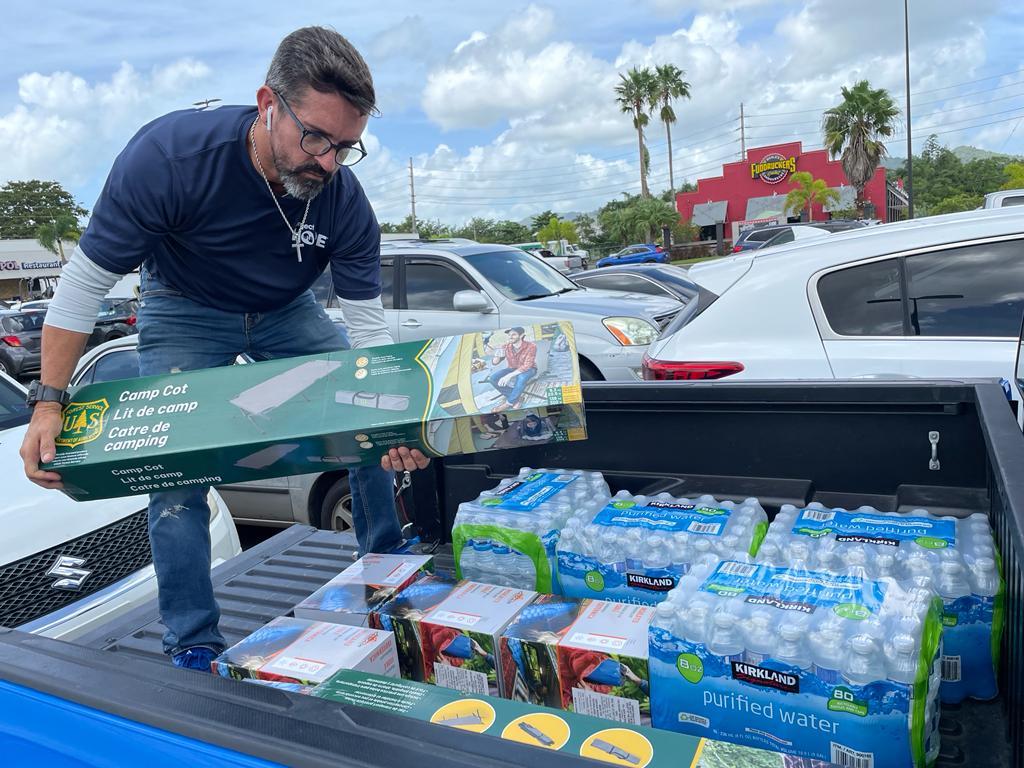
Where did Hurricane Fiona make landfall?
Hurricane Fiona first made landfall on the small island of Guadeloupe on September 16 as a tropical storm, killing at least one person. After that, it strengthened to a Category 1 hurricane and made landfall in southwest Puerto Rico on September 18, washing away entire roads and triggering devastating landslides.
After striking Puerto Rico, Hurricane Fiona then made landfall in the eastern Dominican Republic near Boca de Yuma early on September 19. Maximum sustained winds were also 90 miles per hour at landfall.
Hurricane Fiona made landfall in Turks and Caicos on September 20 as a Category 3 hurricane with maximum sustained winds of 115 miles per hour.
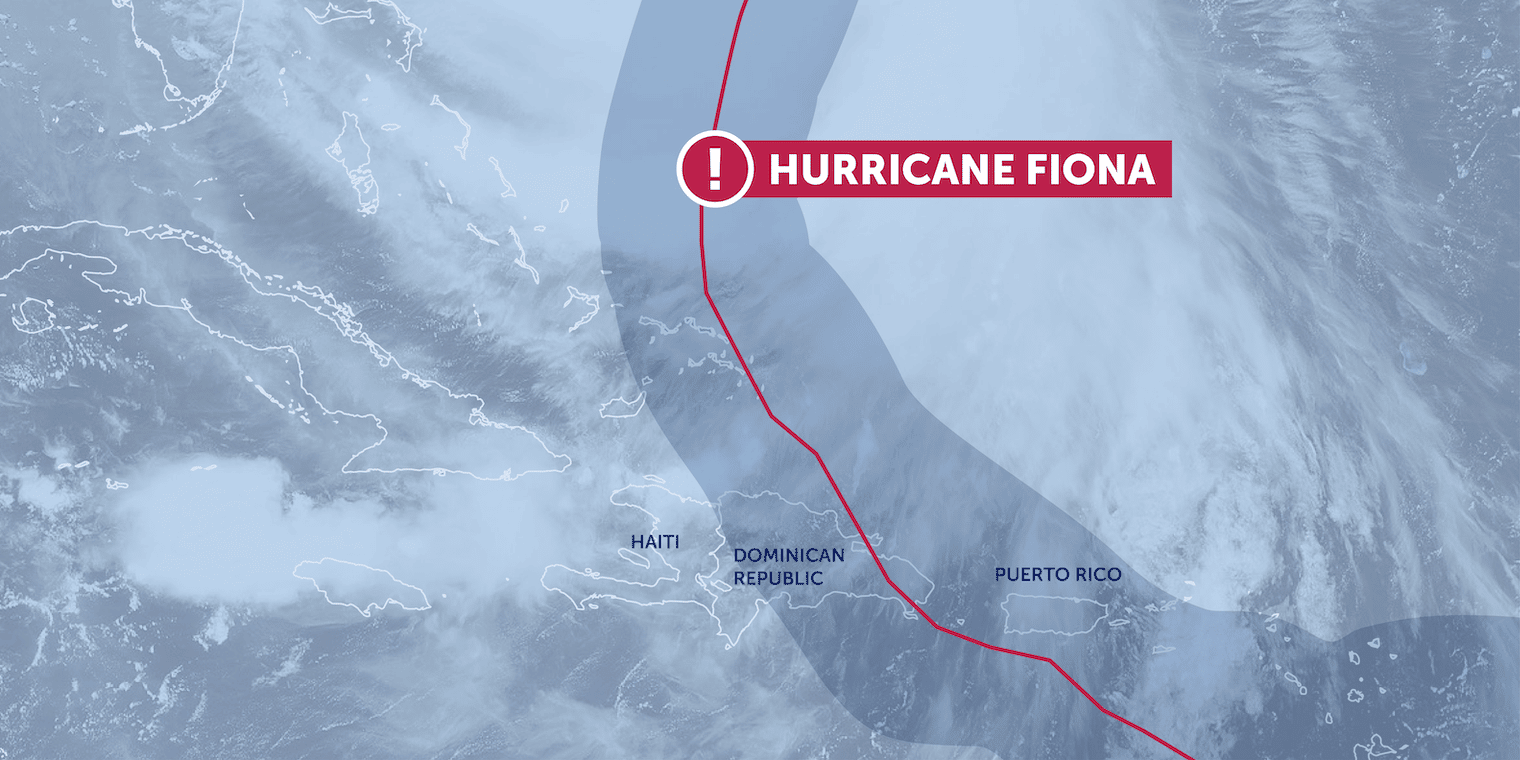
How strong was Hurricane Fiona when it made landfall?
Hurricane Fiona struck both Puerto Rico and the Dominican Republic as a Category 1 hurricane with sustained winds of 90 miles per hour. The storm made landfall on Turks and Caicos as a major Category 3 storm with maximum winds of 115 miles per hour. The greatest damage recorded so far in Puerto Rico and the Dominican Republic, however, has come from torrential rains. Fiona dumped more than two feet of rain on some parts of Puerto Rico, leading to catastrophic flooding and major landslides that have wiped away roads and bridges. More than 1 million people were left without water in the Dominican Republic, and communities on both islands face a long road to recovery.

What damage did Hurricane Fiona cause in Puerto Rico and the Dominican Republic?
Puerto Rico’s Governor, Pedro Pierluisi, has said that the southern part of the island, as well as the southwest and the mountainous region, have been most impacted by the storm. Puerto Rico experienced an island-wide blackout due to damage to the already vulnerable power grid, which was heavily damaged by Hurricane Maria in 2017.
Vulnerable populations including the elderly, mobility impaired, and isolated communities are a priority as affected populations return or remain home in areas impacted by flooding.
The government is prioritizing restoring power to hospitals and emergency medical facilities. Such efforts would provide welcome relief as reports of diesel shortages have raised concerns for these facilities that are running generators to stay operational. Management of cold-chain and supplies of vaccines also continue to be an issue with the lack of electricity. Additionally, cellular towers are currently running on diesel-fueled backup generators, and telecommunications blackouts may be imminent as diesel becomes more scarce.
An ongoing lack of water raises concerns for hygiene, sanitation, the spread of infectious and vector-borne diseases, and access to clean drinking water.
In the Dominican Republic, Hurricane Fiona damaged thousands of homes, and the government is aiming to rebuild them quickly as hurricane season may be far from over. Health authorities are prioritizing WASH and the prevention of mosquito-borne illnesses including malaria, chikungunya, and Zika in communities affected by widespread flooding.
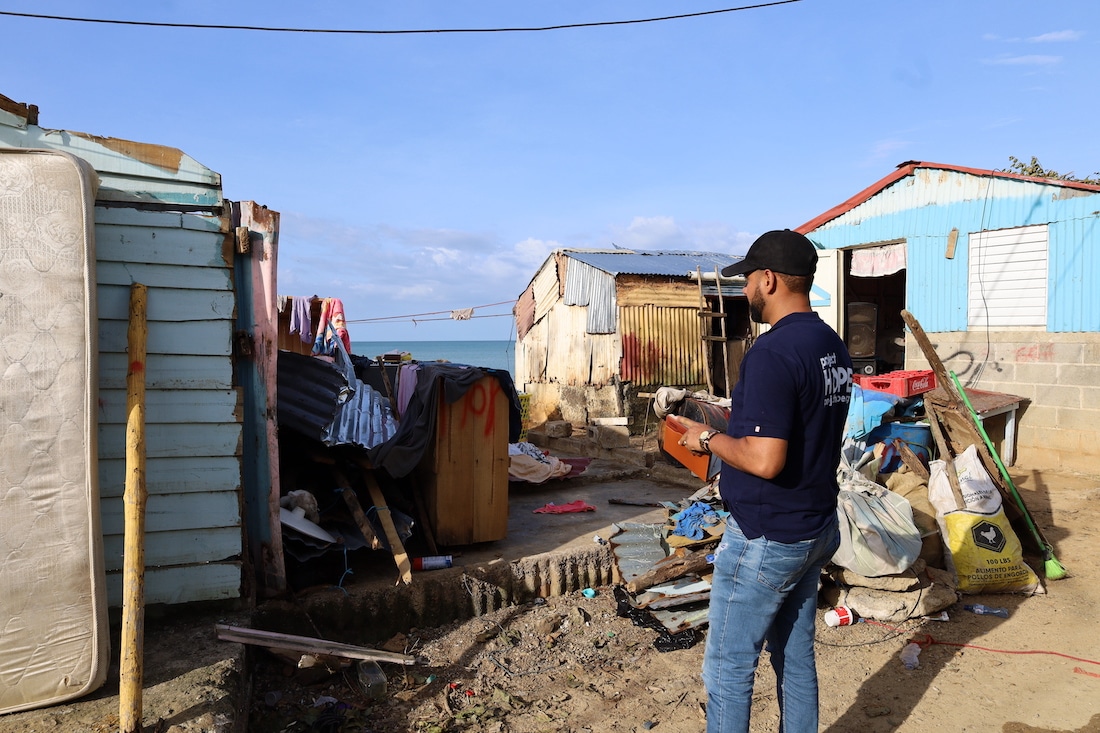
How does Hurricane Fiona compare to Hurricane Maria?
The last time Puerto Rico faced a major hurricane recovery, it was after Hurricane Maria struck the island as a Category 4 storm in 2017. Maria was the most devastating natural disaster in Puerto Rico’s history, with 155-mile-per-hour winds and torrential rains that have affected life on the island to this day. The exact death toll from Hurricane Maria is still unknown, but it is likely that storm killed around 3,000 people.
Though Hurricane Fiona hit Puerto Rico as a Category 1 storm, its impacts are expected to be severe due to the weak infrastructure Maria left behind. More than 3,000 homes in Puerto Rico are still covered by blue tarps due to Maria’s impact.
How is Project HOPE responding?
Project HOPE has emergency response teams in both the Dominican Republic and Puerto Rico and is hiring additional staff locally to support the response.
In Puerto Rico, Project HOPE has been engaging with shelters and the surrounding affected communities, providing much-needed hygiene supplies, as well as water, chlorine tabs, and water filters to the impacted populations. Project HOPE has procured over 10,000 Disaster Hygiene Kits to Puerto Rico and the Dominican Republic and is also working with existing partners to locally distribute additional health and water, sanitation, and hygiene supplies.
Project HOPE’s Emergency Response Team has also mobilized local medical staff and mental health/psychosocial support for home visits within impacted communities to provide care and case referrals to local clinics. These home visits have a specific focus on the most vulnerable, such as the elderly and those who are bedridden.
Since power outages remain a significant concern, Project HOPE is procuring FRIO bags for distribution, which allow individuals to keep their insulin cold when electricity is not available. Post-Hurricane Maria, Project HOPE installed a cold-chain system on the island that is still functional. The Emergency Response Team will be meeting with health officials to determine how best to continue support of the cold-chain system.
In the Dominican Republic, our Emergency Response Team is focusing on water, sanitation, and hygiene needs. The team has also procured mosquito nets and insect repellant for distribution to address the threat of vector-borne diseases due to the substantial rain and flooding. HOPE will be working with local educators to ensure proper use of mosquito nets is communicated to their recipients. Project HOPE will also be supporting health facilities in affected communities to provide targeted care and health education outreach for those most in need.
The Emergency Response Team also met with the Emergency Operations Center, which provides a bridge between the government, agencies, and organizations. They have also engaged with SNS, the national health service, with 43 health care centers in Higuay that are damaged and in need of rehabilitation and furniture. The ERT is planning to procure 43 surgical packs for those centers.
Project HOPE has responded to multiple disasters in the Latin America and Caribbean region, including the 2021 earthquake in Haiti, Hurricane Dorian in the Bahamas in 2021, Hurricanes Eta and Iota in Central America in 2020, and Hurricane Maria in Puerto Rico in 2017.
Project HOPE’s History in Puerto Rico
Project HOPE has worked in Puerto Rico since Hurricane Maria devastated the island in 2017, delivering over $2 million in medical supplies following the storm, including 1,500 vials of insulin.
Since Maria, we’ve helped people living with diabetes learn to better manage their health and helped strengthen the health system’s ability to weather future disasters. In partnership with the University of Puerto Rico, Project HOPE established a solar-powered, island-wide cold chain to ensure uninterrupted access to temperature-sensitive medicines and vaccines, even in the wake of disaster.
Project HOPE’s History in the Dominican Republic
Project HOPE has worked in the Dominican Republic for more than 25 years, when we first partnered with the Dominican Association of the Order of Malta to increase access to affordable, quality care for women, newborns, and children in underserved communities.
Improving maternal, newborn, and child health remains the central focus of our work in the country, but we have also led community outreach on HIV/AIDS and the Zika virus. Project HOPE has also supported the Dominican Republic’s Ministry of Health in establishing a national post-graduate education program on obstetrics and neonatal care for nurses.





